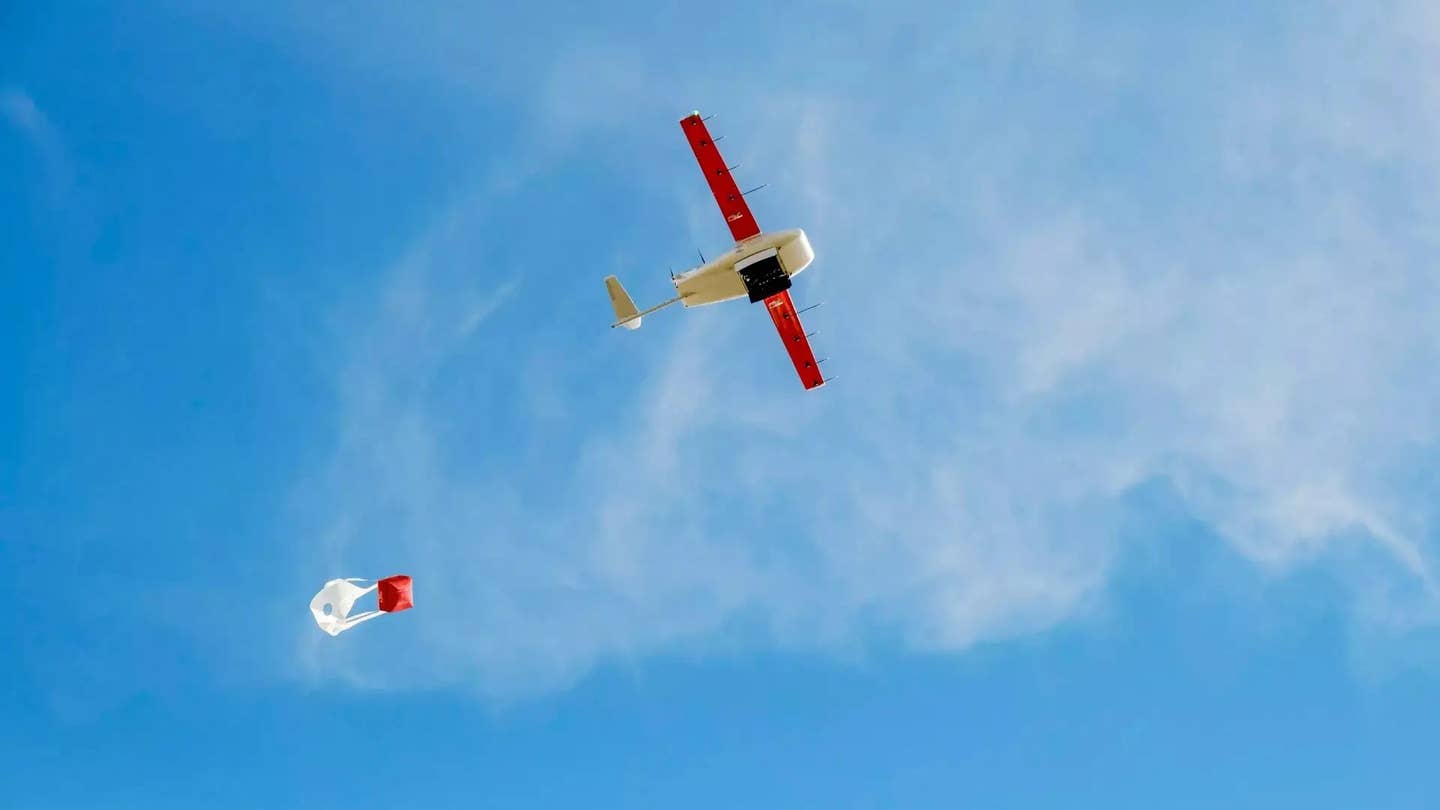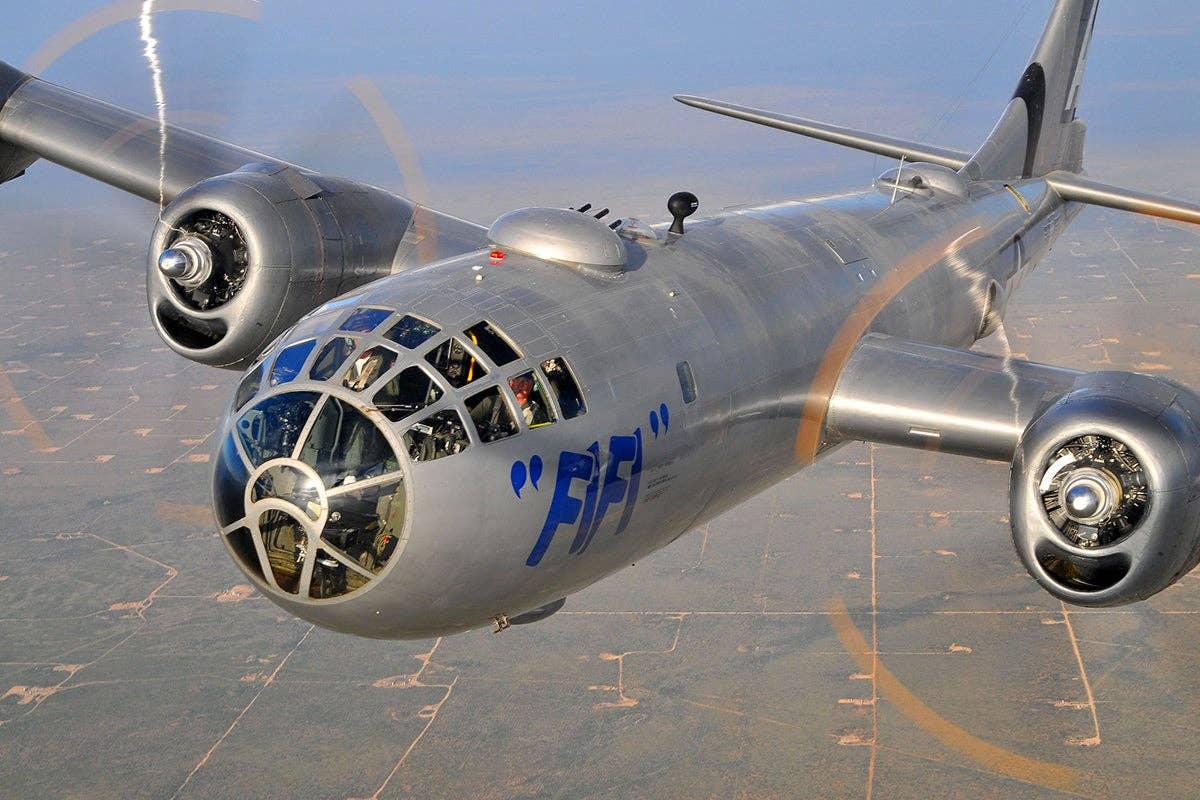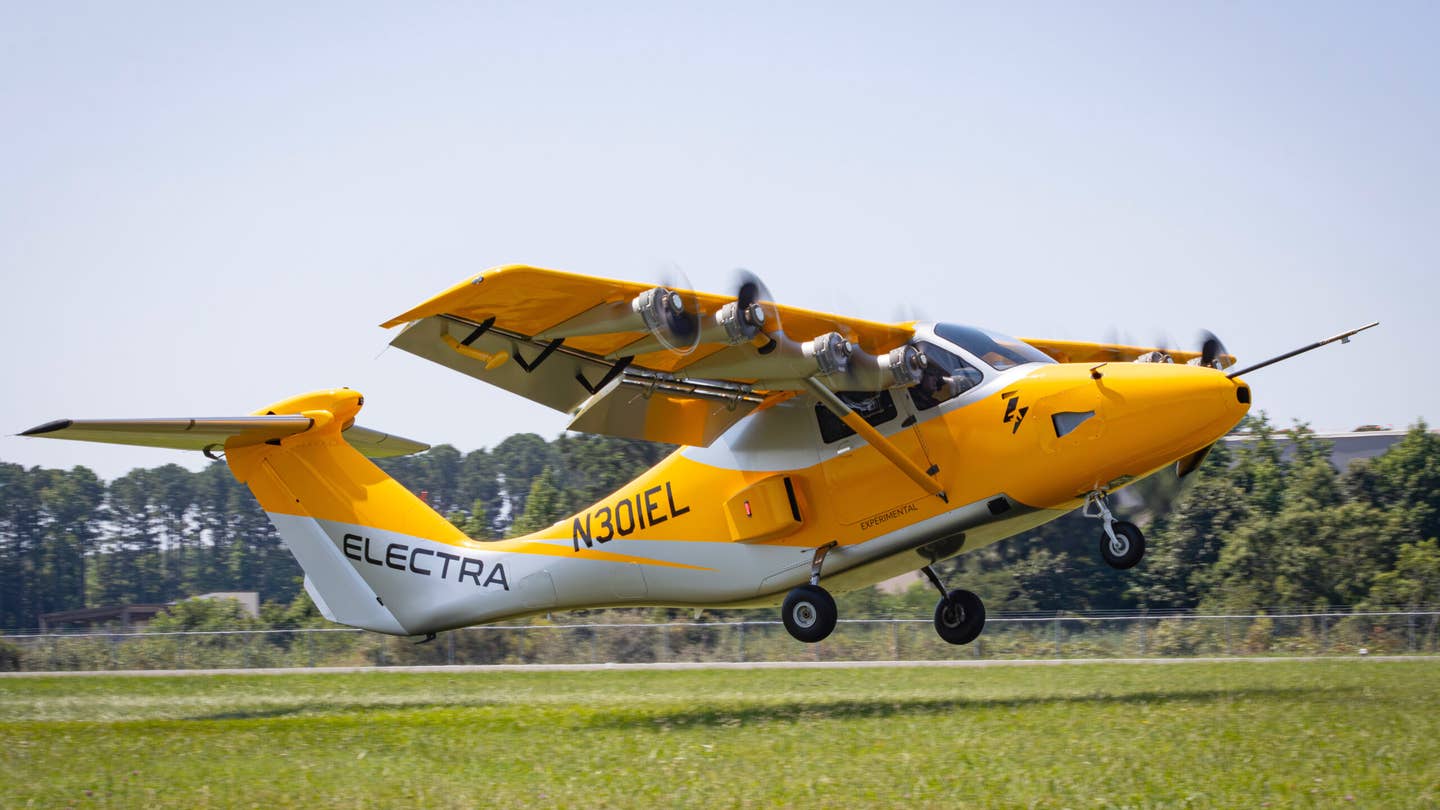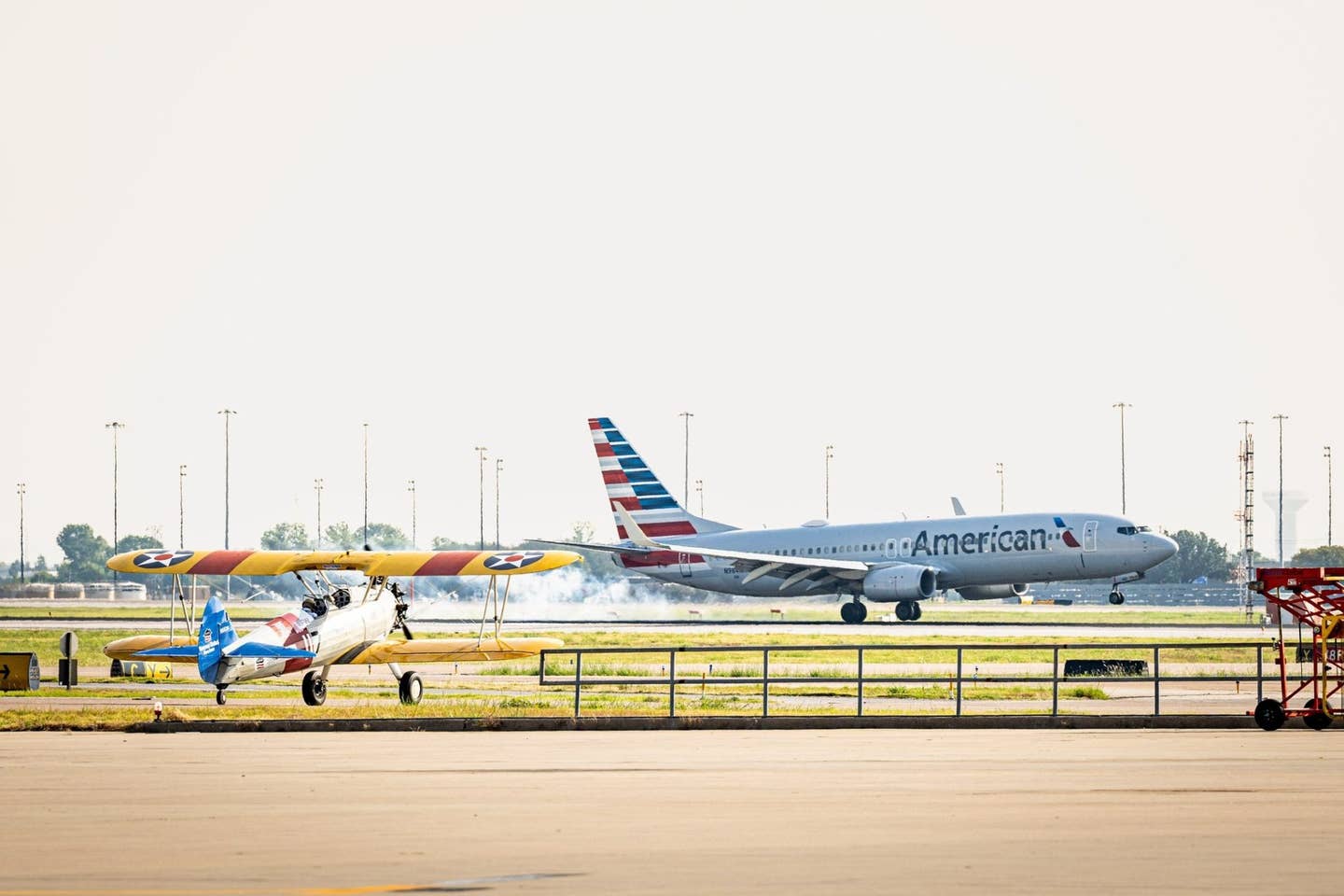‘SpaceBalloon’ Lifts Off in Stratospheric Test Flight
The flight on Sunday morning marks the second test of the company’s Spaceship Neptune vehicle, which will float to about 100,000 feet in altitude.

Space Perspective’s Neptune capsule lifts off from marine spaceport Voyager beneath a massive, hydrogen-filled balloon. [Courtesy: Space Perspective]
On Sunday morning off the coast of St. Petersburg, Florida, rising alongside the sun was a massive balloon carrying a capsule for stratospheric sightseeing.
That strange sight was the second test flight of the Spaceship Neptune-Excelsior, a test capsule designed and built by U.S. startup Space Perspective. For the price of a $125,000 ticket, the company will ferry as many as eight passengers at a time around the atmosphere in luxurious, panoramic digs for six hours. It seeks to launch commercial flights in 2026 and begin crewed test flights next year.
Space Perspective refers to Neptune as a spaceship, which is a bit of a misnomer. Reaching an altitude of about 100,000 feet, the vehicle falls well short of the Kármán line—used by international groups to define the boundary between Earth’s atmosphere and space—at about 50 to 60 miles altitude. Blue Origin, for example, takes customers beyond that boundary with its space tourism offering, while Virgin Galactic reaches an apogee of about 55 miles.
But according to Space Perspective, Neptune goes high enough for U.S. regulators to consider it a spacecraft. Passengers will be able to see the Earth’s curvature and experience the overview effect, a feeling of awe reported by many astronauts who have seen Earth from space, it says.
“This uncrewed flight not only proves our pioneering technology but also brings us a giant leap closer to making space accessible for everyone and reaffirms our belief in the transformative power of space travel.”
—Taber MacCallum, founder and chief technology officer, Space Perspective
“I'm so proud of our devoted team who has worked relentlessly to execute this mission, drawing from their deep expertise and designing solutions for never-been-seen technologies,” said Taber MacCallum, founder and chief technology officer of Space Perspective. “This uncrewed flight not only proves our pioneering technology but also brings us a giant leap closer to making space accessible for everyone and reaffirms our belief in the transformative power of space travel.”
Up, Up, and Away
Space Perspective will offer an approximately six-hour journey to the stratosphere, hovering at about 100,000 feet for two hours.
Spaceship Neptune comprises the capsule, SpaceBalloon launch mechanism, and reserve descent system, all of which are patented, the company says. Flights will be regulated under FAR Part 460 for human space flight requirements and adhere to NASA and U.S. Coast Guard guidelines. The SpaceBalloon will lift off from the company’s marine spaceport, Voyager, and splash down in the ocean. A cone mechanism will cushion the impact and serve as an anchor.
The pressurized, spherical capsule has about 2,000 cubic feet of space, enough for eight passengers plus a captain. Its lounge area is decked out with luxurious seats, foliage, and massive 360-degree windows. According to Space Perspective, its “spa-like” restroom is more lavish than what you’d find in a first-class airplane cabin.
The company’s SpaceBalloon uses hydrogen and ascends at roughly 12 mph, eliminating the g-forces experienced by astronauts. When fully inflated, it stands nearly as tall as the Eiffel Tower and could fit an entire football stadium. According to Space Perspective, the balloon cannot pop. But in the case of a contingency, an emergency system comprising four parachutes would deploy automatically.
Just about every component of Neptune—from satellite and ground communications systems to thermal controls to sensors and antennae—was designed and built in-house.
During their flight, customers will be treated to an array of amenities including food, a fully stocked bar with cocktail service, and high-speed Wi-Fi capable of connecting with friends and family on Earth. Interior and exterior cameras will capture photo and video of the experience.
Critically, no training is required. After placing a refundable $1,000 deposit, Space Perspective will walk the customer through the journey, provide regular updates, and help book travel to mission control at Space Coast Regional Airport (KTIX). The company claims it has sold more than 1,800 seats.
Space Perspective is calling Sunday’s test flight a wet dress rehearsal. Neptune completed the company’s nominal six-hour mission profile, launching from Voyager, ascending to apogee, and performing a controlled descent and splashdown.
At its peak, the company says, the capsule maintained cabin pressure and stability, with thermal management systems adjusting temperature based on outside fluctuations. Data from the flight will be used to refine its digital twin system developed in partnership with Siemens, which can recreate the mission profile virtually for additional testing. Space Perspective hopes the data will pave the way for crewed missions, which in December it said it was targeting by the end of 2024.
Sunday’s flight builds on the company’s previous test in 2021, when the balloon launched with a capsule simulator from Space Coast Air and Spaceport. Initial commercial flights will also launch from the Space Coast, though the firm is looking to add service in the Middle East, Asia, and Europe. It has so far raised $100 million from investors in support of those efforts.
Like this story? We think you'll also like the Future of FLYING newsletter sent every Thursday afternoon. Sign up now.

Subscribe to Our Newsletter
Get the latest FLYING stories delivered directly to your inbox






